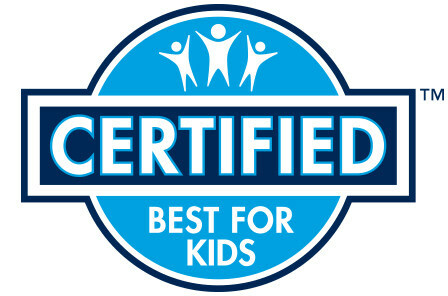NEW YORK, Oct. 3, 2023 /PRNewswire-HISPANIC PR WIRE/ — Corded window coverings are considered one of the top hidden hazards in the home, due to the potential strangulation hazard to young children. To increase awareness of this danger, October is recognized as Window Covering Safety Month. The Window Covering Safety Council (WCSC) and safety experts urge parents and caregivers to use only cordless window covering products or those that have inaccessible cords in homes with young children.

Raising awareness continues to be a priority as new generations become parents. A 2023 national survey found that younger adult generations, Gen Z and Millennials had a lower awareness of this home hazard than Gen X and Baby Boomers. Awareness is only the start. Action must be taken to prevent accidents by updating outdated window coverings with today’s safer, cordless products.
Parents and caregivers are advised to follow the ABCs of window covering safety:
- A is for age. Infants and young children are most at risk to become entangled in exposed or dangling window coverings cords which can lead to injury or death.
- B is for Best for Kids. To identify window covering products for homes with young children, look for products marked with the Best For Kids™ logo, available at all major US retailers. Products with this logo either have no cords, no operating cords or inner cords that are not accessible and are also unable to create a hazardous loop.
- C is for cordless. Only cordless products should be used where young children are present.
“Young children can quickly and silently become entangled in corded window coverings. Awareness and action are needed to prevent accidents and save lives,” said Window Covering Safety Council Associate Director, Ralph Vasami.
The Window Covering Safety Council recommends the following guidelines for window covering safety:
- Install only cordless window coverings or those with inaccessible cords in homes with young children. Replace window blinds and corded shades with products that are cordless or have inaccessible cords marked with the Best for Kids™ certification label.
- If the corded window coverings can’t be replaced with today’s safer products at this time, parents and caregivers should check for the following:
- Keep all window covering cords well out of the reach of children. Eliminate any dangling cords.
- Move all cribs, beds, furniture, and toys away from windows and window covering cords, preferably to another wall.
- Make certain that tasseled pull cords are tied up out of reach and as short as possible.
- Continuous-loop cords on draperies and vertical blinds should be permanently anchored to the floor or wall and kept under tension at all times.
- Check that cord stops are properly installed and adjusted to limit the movement of inner lift cords.
For more information on window covering cord safety, visit www.windowcoverings.org. Connect with WCSC on Facebook, Twitter and Instagram for more home safety information and ideas.
The Window Covering Safety Council (WCSC) is a coalition of major U.S. manufacturers, importers and retailers of window coverings. The Council assists and supports its members in the industry’s ongoing efforts to encourage the use of cordless products in homes with young children, its redesign of corded products, and to support the national ANSI/WCMA standard for the safety of corded window coverings. WCSC’s activities in no way constitute an assumption of any legal duty owed by its members or any other entity. Consumers seeking more information can visit WCSC’s website at www.windowcoverings.org.
Media Contact:
Kristen Kurtz
[email protected]
Logo – https://mma.prnewswire.com/media/2153844/WCSC_CERTIFIED_Best_For_Kids_Logo.jpg
SOURCE Window Covering Safety Council






